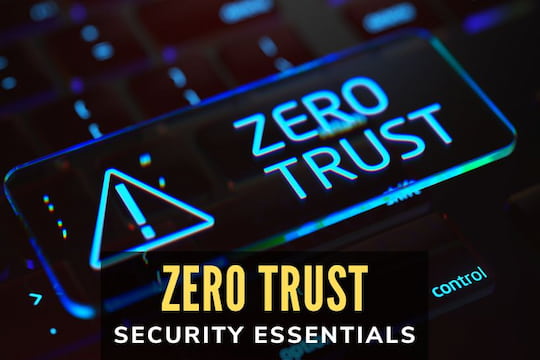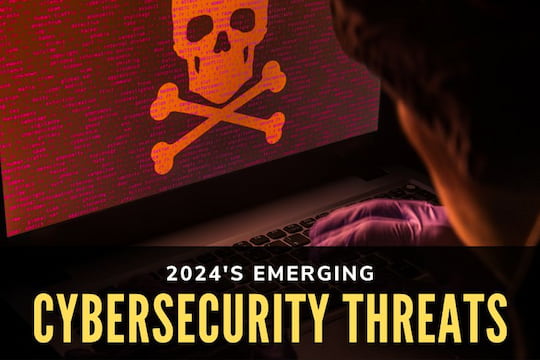When it comes to destroying hard drives, it is essential that the data in the hard drives become unreadable and that the data is destroyed in an environmentally friendly way. Here are some common myths about how to best destroy a hard drive; do these options sound effective and ecologically safe?
- Attempt to destroy the physical hard drive with a hammer
- Light the hard drive on fire
- Let them soak in water
- Remove the platters from the case and scratch and bend them
- Drill a couple of holes in the hard drive
- Throw them in a landfill where they can’t be found
Did you answer yes to any of these options? If so, you might not know everything you need to know to properly destroy hard drives effectively and safely. While some of these methods may be alright if you are getting rid of one or two hard drives, if a company needs to get rid of old hard drives, all of which have sensitive data on them, these routes are not the best to follow. Simply smashing the hard drive with a hammer or attempting to destroy the product physically is not efficient. Data can still be taken from hard drives that have been damaged. When hard drives have sensitive data on it, it is not helpful to the company to take the risk. Also, merely throwing hard drives away is harmful to the environment. Electronics carry trace amounts of hazardous materials. With enough e-waste being tossed in landfills, it can harm to the soil, water supplies and even the air we breath.
The best way to ensure your data will be effectively and safely destroyed is by going to a professional. These professionals will be able to make all unreadable data while also doing so in a safe way. If you need to get rid of old hard drives, be sure to go to a professional data destruction company for your data destruction needs.



























